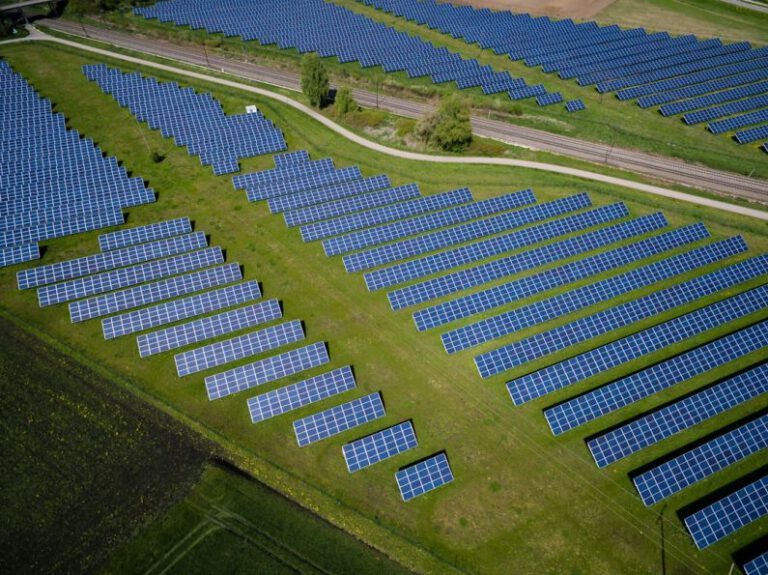The Revolution of Green Building Materials
In the realm of architecture and construction, a significant shift has been taking place towards sustainability and environmental consciousness. This movement has led to a revolution in the use of green building materials. These materials are not only eco-friendly but also offer numerous advantages in terms of durability, energy efficiency, and overall building performance. Let’s delve into the world of green building materials and explore the driving forces behind their rising popularity.
The Rise of Green Building Materials
Green building materials encompass a wide range of products that are manufactured using sustainable practices and have minimal impact on the environment. Traditional construction materials, such as concrete and steel, have long been known for their negative environmental footprint due to high energy consumption and carbon emissions during production. In contrast, green building materials are sourced from renewable resources, recycled materials, or are designed to be energy-efficient and reduce waste.
One of the primary reasons behind the increasing adoption of green building materials is the growing awareness of climate change and the need to reduce carbon emissions. As countries around the world commit to lowering their carbon footprint, the demand for sustainable construction practices has surged. Green building materials play a crucial role in achieving energy efficiency goals and reducing the environmental impact of buildings throughout their lifecycle.
Key Advantages of Green Building Materials
Green building materials offer a plethora of benefits that go beyond environmental sustainability. One of the key advantages is their superior durability and longevity. Materials such as bamboo, reclaimed wood, and recycled steel are known for their strength and resilience, making them ideal for construction projects that require longevity and low maintenance.
Additionally, green building materials are often designed to enhance energy efficiency. Insulation materials made from recycled content, such as cellulose or denim, can improve the thermal performance of buildings and reduce heating and cooling costs. Similarly, energy-efficient windows and doors can minimize heat loss and air leakage, contributing to lower energy consumption and increased comfort for building occupants.
Another advantage of green building materials is their contribution to indoor air quality. Conventional building materials often contain volatile organic compounds (VOCs) and other harmful chemicals that can off-gas over time, leading to poor indoor air quality and potential health risks. Green building materials, on the other hand, are free from toxic substances and promote a healthier indoor environment for occupants.
Innovation in Green Building Materials
The rapid advancements in technology and materials science have paved the way for innovative green building materials that push the boundaries of sustainability and performance. From self-healing concrete that repairs cracks autonomously to solar roof tiles that generate clean energy, the possibilities are endless.
One notable innovation is the development of bioplastics derived from renewable sources such as corn starch or sugarcane. These biodegradable materials can be used for a variety of applications, including insulation, roofing, and interior finishes, offering a sustainable alternative to traditional petroleum-based plastics.
Furthermore, 3D printing technology has revolutionized the construction industry by enabling the fabrication of complex structures using sustainable materials such as recycled plastic or bio-based composites. This additive manufacturing process reduces material waste and construction time, making it a cost-effective and environmentally friendly solution for building projects.
The Future of Green Building Materials
As the demand for sustainable construction practices continues to grow, the future of green building materials looks promising. With ongoing research and development efforts focused on enhancing performance, reducing costs, and expanding the range of available materials, the possibilities for incorporating green building materials into mainstream construction projects are endless.
In conclusion, the revolution of green building materials is reshaping the construction industry by promoting sustainability, energy efficiency, and environmental stewardship. From recycled materials to cutting-edge innovations, green building materials offer a pathway towards a more sustainable built environment that benefits both the planet and its inhabitants. Embracing these materials is not just a trend but a fundamental shift towards a greener and more resilient future.






